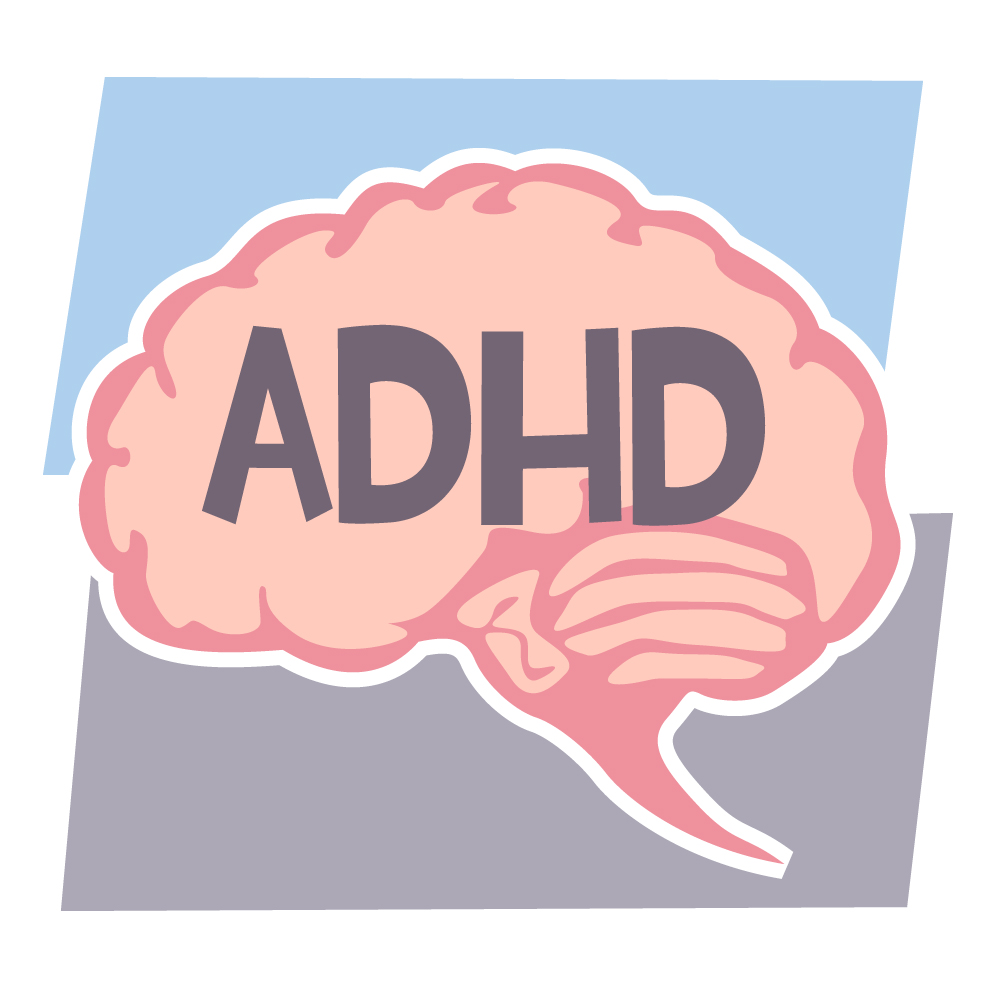
Additionally, neurodevelopmental conditions may also be associated with other health issues that require extra monitoring or treatment. A diagnostic explanation may help the individual or their family understand their differences better and enable community connections. For example, establishing a formal diagnosis may enable access to social and medical services if needed. Medical evaluation and treatment is important for individuals with ASD. Instead, the suffering may result from the barriers imposed by societal norms, causing social exclusion and inequity. Additionally, for some people with autism, differences may not cause any suffering to the person themself. Others might not be able to communicate their needs or feelings, may struggle with impairing and harmful behaviors that impact their safety and well-being, and may be dependent on support in all areas of their life. For example, some autistic people are able to communicate verbally, have a normal or above average IQ, and live independently. People with ASD may have a wide range of strengths, abilities, needs, and challenges. Neurodiversity and autism spectrum disorderĪutism spectrum disorder (ASD) is associated with differences in communication, learning, and behavior, though it can look different from person to person. Knowledge about neurodiversity and respectful language is also important for clinicians, so they can address the mental and physical health of people with neurodevelopmental differences. Therefore, rather than making assumptions, it is best to ask directly about a person's preferred language, and how they want to be addressed. While many disability advocacy organizations prefer person-first language ("a person with autism," "a person with Down syndrome"), some research has found that the majority of the autistic community prefers identity-first language ("an autistic person"). Neurodiversity advocates encourage inclusive, nonjudgmental language. At the same time, Judy Singer, an Australian sociologist, coined the term neurodiversity to promote equality and inclusion of "neurological minorities." While it is primarily a social justice movement, neurodiversity research and education is increasingly important in how clinicians view and address certain disabilities and neurological conditions. Through online platforms, more and more autistic people were able to connect and form a self-advocacy movement. The neurodiversity movement emerged during the 1990s, aiming to increase acceptance and inclusion of all people while embracing neurological differences.


The word neurodiversity refers to the diversity of all people, but it is often used in the context of autism spectrum disorder (ASD), as well as other neurological or developmental conditions such as ADHD or learning disabilities. Neurodiversity describes the idea that people experience and interact with the world around them in many different ways there is no one "right" way of thinking, learning, and behaving, and differences are not viewed as deficits.


 0 kommentar(er)
0 kommentar(er)
